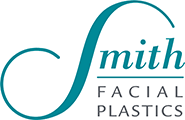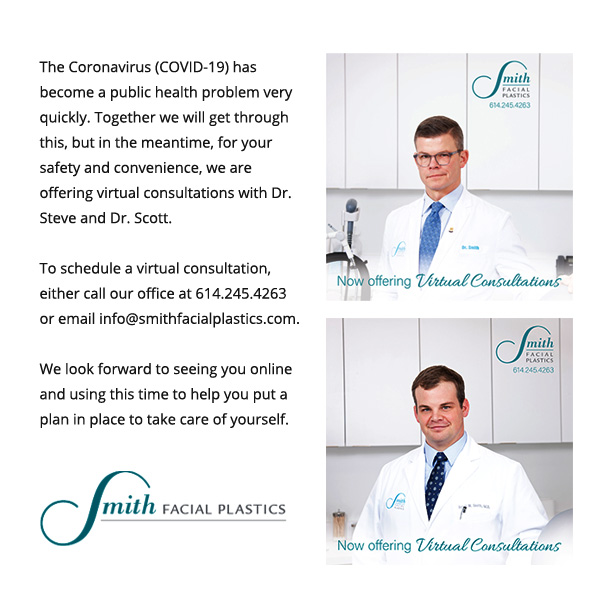Ways to Be Comfortable During Facelift Recovery
A facelift does two things. It takes years off of your appearance by minimizing loose or sagging skin in the lower part of the face and near the neck. It also helps you stay looking youthful for longer, with some patients seeing the results of their facelift last for 10 years, if not longer. Before you are able to enjoy the results of the facelift, though, you need to get through the surgery itself and the recovery period. While some parts of the recovery process might be a little uncomfortable, there are several things you can do to make yourself as comfortable as possible as your body heals after surgery.
Keep Yourself Upright
When you get home from the surgery center, one of the first things you might want to do is collapse in a prone position on your bed. For the sake of your comfort, and to keep bruising and swelling to a minimum, resist the urge to flop onto your bed. Instead, keep your head elevated as much as possible.
That doesn’t mean you have to stand. You can sit upright in a chair or lean back in a recliner, as long as your head is held up above your heart. Avoid any activities that require you to bend or lean over during the initial recovery period, as well. Bending can make swelling worse and can raise your blood pressure, increasing your risk for bleeding.
Use Cool Compresses
Draping a cool, but not freezing, compress over your eyes or the upper part of your face after your surgery can help relax you and bring down swelling. Keep the compress comfortable by using a rag dipped in cool water and wrung out, not a bag of ice. Using ice can reduce blood flow in the facial area, which can interfere with healing. Not to mention, the ice might be way too cold for skin, creating an uncomfortable experience.
Cover the Mirrors
After any type of facial plastic surgery, things tend to look worse before they start looking better. After a facelift, you’ll likely have a lot of swelling and puffiness on your face, as well as some bruising. During the first few days at home, you’ll most likely be wearing a bandage and may have some stitches.
For that reason, it’s usually a good idea to avoid the mirror as much as possible, at least for the first few days after your facelift. You can know that you’ll eventually look better, but seeing a reminder that, at the moment at least, you don’t, won’t be very helpful. If you can, take any mirrors down or cover them with a dark cloth. It’s also a good idea to avoid using your phone’s camera to take selfies or to video chat at this time.
Get Some Sleep
A facelift can take a lot out of you and making sure you get plenty of rest and sleep afterwards is an important part of your recovery. But, falling asleep can be challenging during those first few days after your procedure.
There are a few ways you can coax yourself into getting the sleep you need. For one thing, take an pain medication prescribed by your surgeon for a few days after your facelift. The pain medication can help minimize any discomfort that can keep you up at night. If your surgery took place in the summer, make sure your bedroom is cool enough for sleeping at night. Run the air conditioner in the room or take a few blankets off of the bed, so that you don’t overheat.
It’s also helpful to avoid caffeine during the first week after your facelift, especially if you find that it keeps you up at night. Switch to decaf or to a relaxing herbal tea instead.
Adding more pillows to your bed can also help you get a good night’s sleep after surgery. A few pillows under your back and neck will keep the head sufficiently elevated, while a few pillows on either side of you will keep you from rolling over if you usually sleep on your stomach or side.
Finally, if you usually sleep with a partner, you might find that kicking him or her out of bed for a few days can help you both get a better night’s sleep.
Don’t Rush Yourself
Although many people find that they are ready to return to their usual lives a week or two after their facelift, keep in mind that everyone heals at a difference pace. You don’t have to rush yourself or hurry to return to daily activities, especially if those daily activities are on the strenuous side. Take your time and listen to what your body is telling you. You might be ready to bounce back after just a few days, or you might need three or four weeks before you’re back to normal.
If you have any questions about the facelift recovery process, Dr. Stephen Smith, a fourth generation facial plastic surgeon in Ohio , is available to answer them. Dr. Smith’s practice has two locations in the state. To schedule a consultation at either practice, call 614-245-4263 today.


